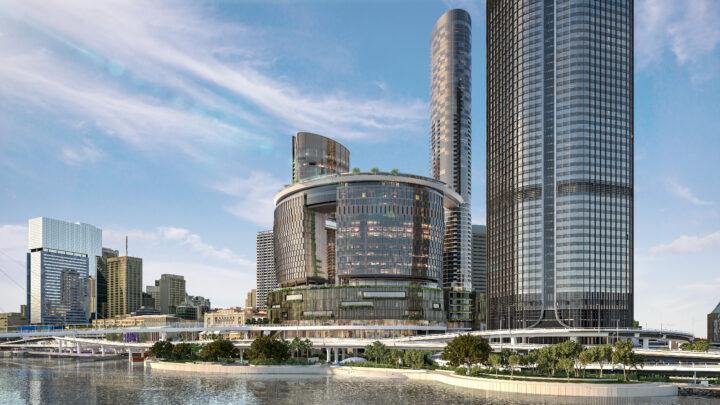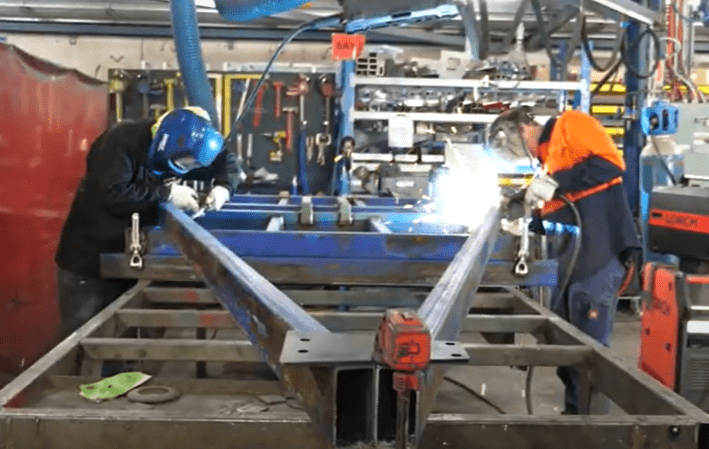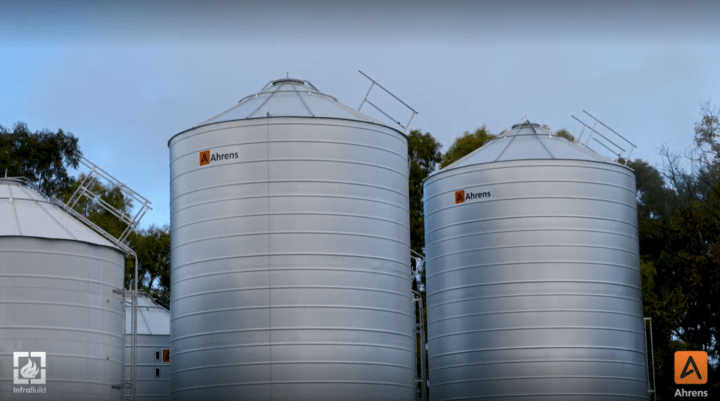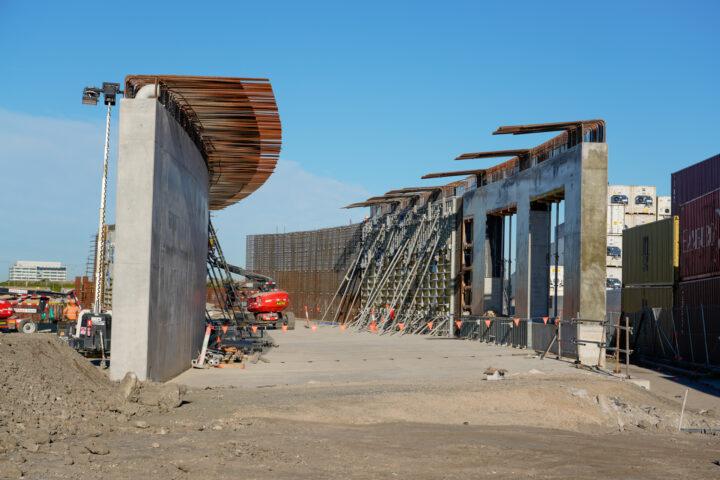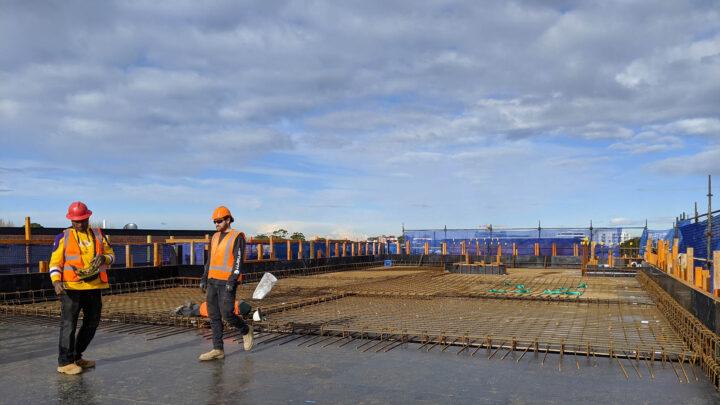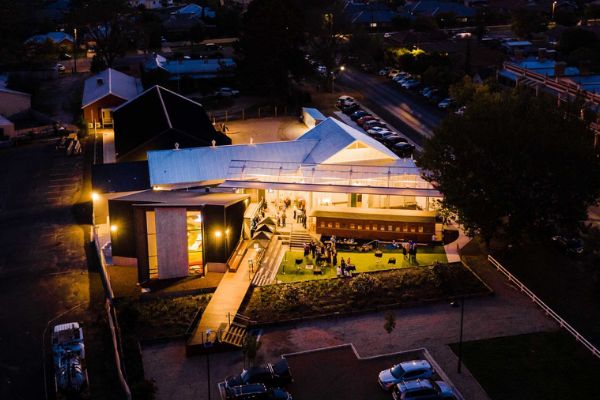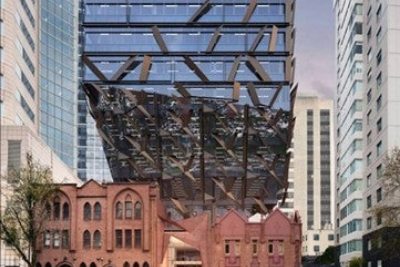
Key Information
- LR Wire supplied by InfraBuild Wire is a hard-drawn, high-tensile steel wire perfect for prestressing concrete
- Australian Concrete Fence Posts uses the LR Wire because it is Australian-made and abides by strict RMS regulations
- The fencing installed along large stretches of the Pacific Highway has been shown to be successful in protecting endangered frog populations
InfraBuild Wire has worked closely with customer Australian Concrete Fence Posts to deliver a fencing solution designed to protect populations of endangered frogs.
Low-relaxation (LR) Wire supplied by InfraBuild Wire has been used to erect fencing that is helping protect populations of endangered frogs on the NSW north coast.
InfraBuild has supplied Australian-made 5.03mm LR Wire to Dungarubba-based customer Australian Concrete Fence Posts for use in rural concrete posts lining the Woolgoolga-to-Ballina Pacific Highway upgrade.
The fencing, which spans as much as 37 kilometres of highway perimeter, meets NSW Roads and Maritime Services (RMS) specifications for longevity and ability to withstand extreme weather conditions. The fencing uses a fine mesh to prevent populations of endangered frogs from accessing the highway.
Protecting native fauna
The Woolgoolga-to-Ballina segment of the Pacific Highway features 155 km of highway extending north of Woolgoolga at the northern extent of Sapphire to south of Ballina where it ties into the southern extent of the Ballina bypass.
A number of endangered frog populations were identified by the RMS as being at risk by the construction of the highway upgrade. Among the species known to inhabit the area surrounding the highway upgrade are the Green-thighed frog, the Wallum Sedge Frog and the Giant Barred Frog.
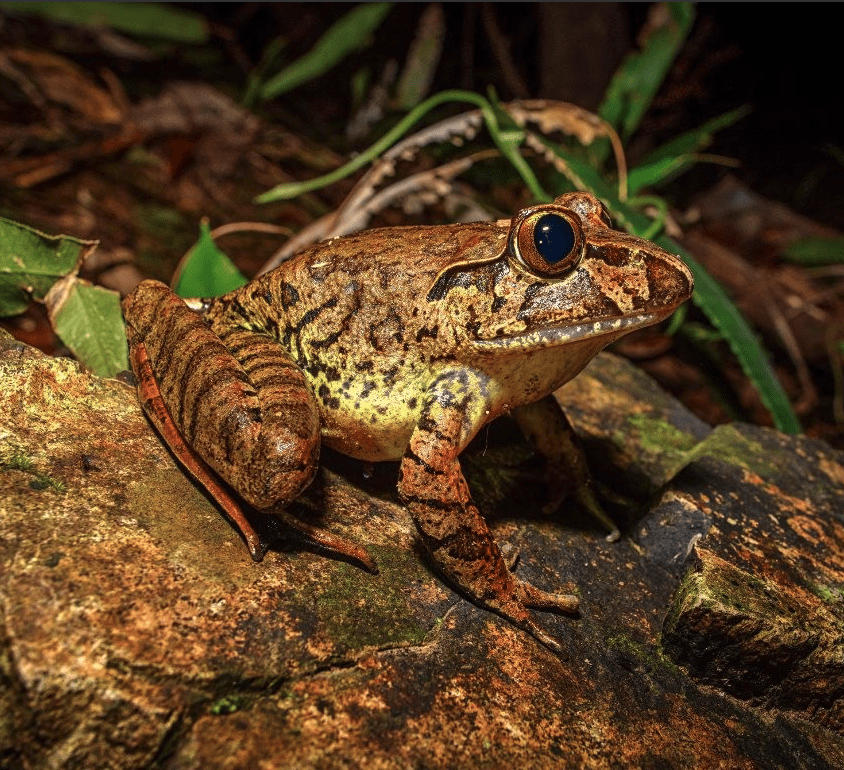
The RMS has sought to minimise the potential effects of the works on these frogs by introducing measures before and after the building of the highway upgrade. Included in these measures have been environmental management studies to determine the impact of the roadworks on frog populations and the installation of RMS-approved fencing to keep frog populations safe.
These initiatives have taken place alongside other environmental measures designed to protect local flora and fauna such as: relocating 25 native stingless bee hives; salvaging 350 grass trees and storing them locally for reuse; planting 80,000 koala feed trees; and installing 20km of temporary and permanent koala fencing.
Prestressed fence posts fit for purpose
Suzi Mould of Australian Concrete Posts says the company’s prestressed concrete fence posts use Australian-made materials and are built to the RMS’s strict regulations.
“We manufacture our product using InfraBuild wire because it’s made in Australia, made to the correct standard so we can meet the specs set by the RMS and is always reliable,” Suzi says. “Our fence posts are made using two pre-stressed reinforcing strands and 40MPa concrete that won’t leach chemicals into the soil. It also contains no lime in it, so there’s no rusting of the wire strand. They’re also bushfire-resistant, and rot and termite resistant.
“Our prestressed concrete fence posts are designed for longevity and we say our posts are guaranteed to last a lifetime,” she adds. “We confidently say 80–100 years, which is what the RMS requires.”
Aside from supplying wildlife exclusion fencing to fencing contractors, as has been the case with the Pacific Highway works, the company also supplies directly to large cattle stations, small holdings, national parks and rural stores.
Bruce Grady of InfraBuild Wire says the properties of InfraBuild Wire’s LR Wire makes it the perfect product for uses requiring strength and longevity.
“InfraBuild Wire’s LR Wire complies with AS/NZS 4672 Steel Presetressing Materials and is a hard-drawn, high-tensile steel wire intended for the prestressing of concrete,” he says.
“The wire acts like an elastic band – the more you stretch it, the more it wants to come back to its original shape,” he says. “If you stretch it and pour concrete on it, it has a compressive force within the concrete. It gives it so much strength.”
The installed fencing has been shown to be effective at reducing harm to the endangered frog species inhabiting the area with the presence of frogs on the road side of the exclusion fencing found to be 4–7 times lower than that on the habitat side.
For more information on the work the RMS is doing to minimise the effect of the Pacific Highway works on native wildlife, visit: https://www.pacifichighway.nsw.gov.au/environment/wildlife-management
Related Case Studies
Subscribe to the
InfraBuild newsletter
Receive regular updates on news, case studies as well as the latest products and services.

